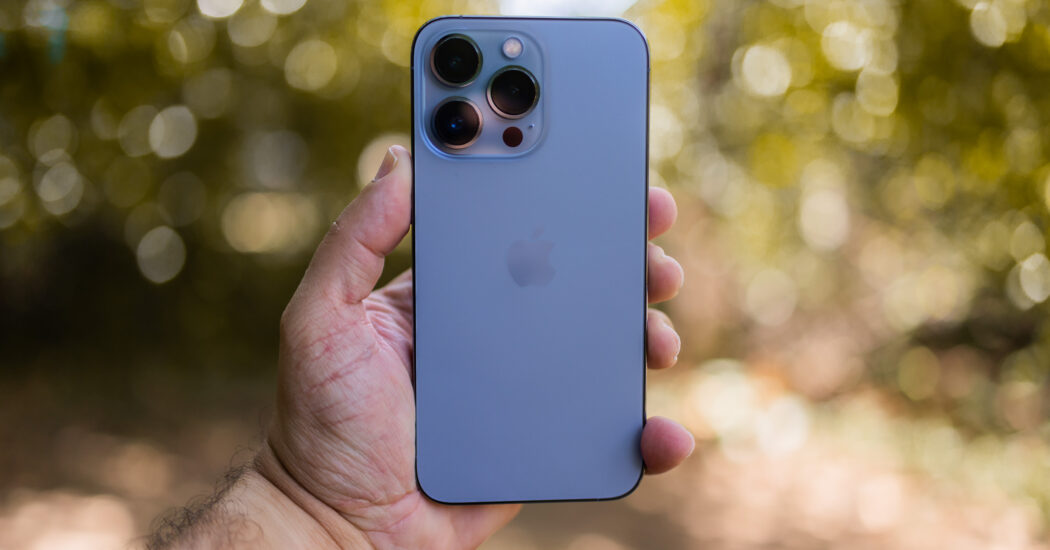Deciding between an iPhone vs camera for video can be a daunting task, especially when the stakes are high for capturing quality footage. This article aims to provide you with a detailed, step-by-step breakdown to make that choice easier for you.

Table of Contents
iPhone vs Camera for Video
Below, we’ll dive into the iPhone and camera capabilities as well as the comparison to help you choose one of the two…
The Evolution of iPhone Video Capabilities
The conversation surrounding the capabilities of iPhones for video production has dramatically shifted in recent years. Not too long ago, smartphones were seen as far inferior to traditional cameras. Fast-forward to today, and iPhones have become a legitimate contender in the videography world. This is largely due to the substantial improvements in hardware and software.
4K Resolution
Current high-end iPhones now offer 4K video resolution, which is a vast leap from the early days of 720p or 1080p. 4K allows you to capture a large number of pixels, which provides much greater detail. This is especially beneficial if you’re looking to crop or zoom into your footage during the editing process.
Impressive Stabilization
Another advancement is the optical and software-based stabilization features. These functions effectively counteract the movements and shakes that often occur when shooting handheld, providing you with remarkably stable footage that could rival what you might achieve with a gimbal or other stabilizing accessories for traditional cameras.
Professional-grade Color Accuracy
iPhones have also made strides in color reproduction, offering settings that allow you to capture more vibrant and true-to-life colors. Certain models even support HDR (High Dynamic Range), which enhances the range of colors and brightness in your video, making for more visually stunning footage.
Understanding the Camera’s Strengths
When it comes to professional videography, DSLRs or mirrorless cameras are often the go-to choice, and for good reasons. These cameras are engineered to give you an unmatched level of control and flexibility.
Customization Options
Firstly, the range of interchangeable lenses available for these cameras is extensive. Whether you need a wide-angle lens for landscape shots or a prime lens for interviews, you have a variety of options to choose from.
In-Depth Settings Adjustments
Moreover, traditional cameras allow you to manually adjust settings like exposure, aperture, and shutter speed. This level of control is particularly important in tricky lighting conditions or when you’re aiming for a specific creative effect, such as a blurred background or capturing motion.
Read more iPhone camera topics here – iPhone Camera: How To, Problems & Solutions
Comparing Portability and Convenience
Light and Easy
iPhones win on the portability front. They are lightweight, fit into your pocket, and require no time to set up: just point and shoot. The user interface is usually more straightforward, enabling even novice users to start shooting quality video rapidly.
Extra Gear
Cameras, on the other hand, can become cumbersome due to the additional accessories they often require. Lens changes can be time-consuming, and carrying multiple lenses, tripods, and spare batteries can quickly become burdensome.
Cost Implications of iPhone vs Camera for Video
Initial Investment
High-end cameras can be significantly expensive, often requiring an investment that extends beyond just the camera body to include lenses, memory cards, and other accessories.
No Extra Costs
If you already own a recent iPhone, you can start shooting high-quality videos without any additional investment, making it a more economical option in some circumstances.
Quality of Output: A Closer Look
Well-Lit Conditions
iPhones can produce spectacular results, particularly when the lighting conditions are optimal. The integrated software enhancements also assist in making the video look professional.
Low Light and Depth of Field
However, when it comes to challenging conditions like low-light environments or the need for a shallow depth of field, traditional cameras with their larger sensors and high-quality lenses have the edge.
Complexity of Shoots
For complex shoots that require varied focal lengths, intricate tracking shots, or specific depth-of-field requirements, a traditional camera is usually the preferred choice. These cameras provide a range of options and settings to cater to more specialized videography needs, thus generally offering a superior video quality for more advanced projects.
Final Thoughts on iPhone vs Camera for Video
Both iPhones and cameras have their merits and drawbacks when it comes to videography. Your choice between an iPhone vs camera for video should be guided by your specific needs, the kind of footage you intend to capture, and your budget.
As you ponder the decision between an iPhone vs camera for video, remember that both options have their unique strengths and weaknesses. By understanding what each can offer, you can make an informed choice that best suits your videography needs.